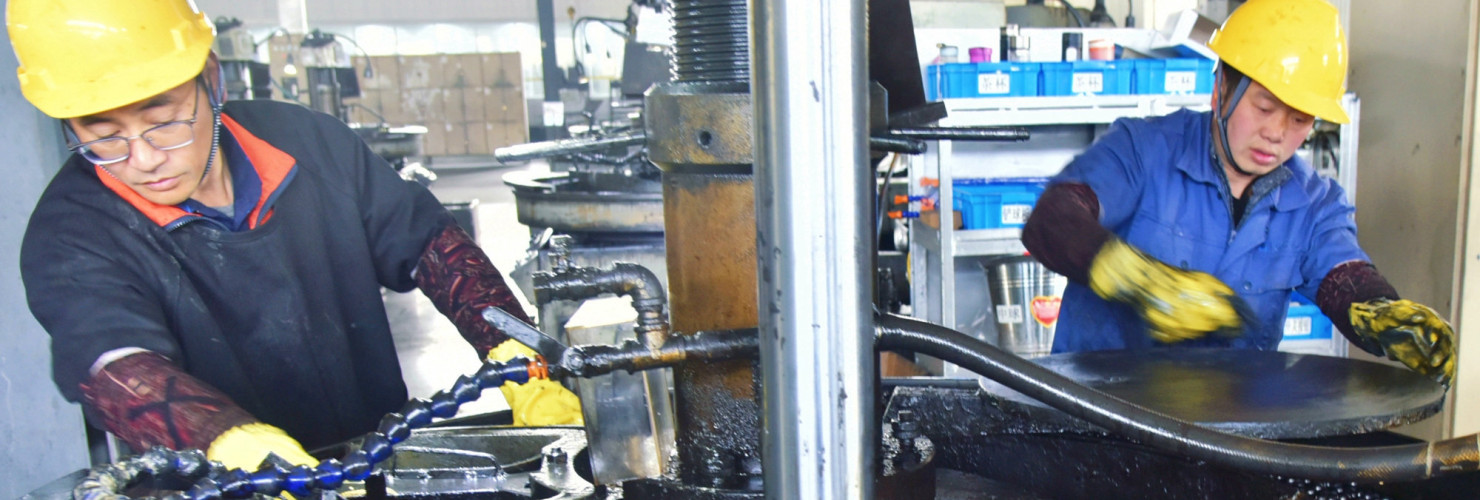

Trade and investment: EU responses show China’s own de-risking is backfiring
The US and EU are tightening access to technology and research in sectors where China is most ambitious. This is harmful to all sides, writes Francois Chimits. How can the EU most effectively reduce trade dependencies while keeping the door open for cooperation with China? This article is part of our series on China’s strategies to reduce vulnerabilities.
The ambitious pursuit of self-sufficiency combined with economic coercion in international trade can only weaken China’s international economic clout in the long run. With tensions running high in geopolitical affairs, the European Union and United States are securing supply chains and rethinking international trade dependencies. Citing both economic and national security reasons, leaders on both sides of the Atlantic have embraced a mantra of de-risking – becoming less dependent on China for key supply chain goods. These policies now taking concrete shape will target important areas of China’s economic might and critical needs, which is likely to weaken its economic bargaining position internationally in the coming years.
Even if the details of the EU’s plan are still emerging, de-risking is already generating a tightening of access to US and European technologies and research, especially in the very sectors where China has signalled its strongest ambitions. Although it is hard to disentangle the trend from Covid-related effects, joint US-Chinese research publications dropped by close to five percent in 2021, after decades of stellar growth. In artificial intelligence, the drop is even more significant. Harmful to both parties, as well as to global welfare, such an extreme decoupling would have double the impact on China’s economy than on the US, according to a recent IMF study. And a less-developed China will surely not be a more resilient one.
China, the EU and the US have diverged geographically in terms of supply chain dependencies
Our analysis of customs data shows that trade dependencies have grown broadly alongside total trade for the three heavyweights, China, the US and Europe, over the past two decades. Developments in the US have been similar to the EU. Between 2001 and 2021, the nominal value of imported goods for which the EU depends on China rose from USD 52 billion to USD 315 billion. This looks much more contained when viewed relative to gross domestic product (GDP) or total imports: The value of these imports reached 1.8 percent of GDP and 12 percent of total imports in 2021 compared to 0.7 percent and 6 percent, respectively, in 2001.
What is particularly striking is how China and the EU (and US) have diverged geographically in terms of their supply chain dependencies. As China has become less dependent on the EU and US, the latter have become more concentrated on China, with roughly two thirds of the value of their trade dependencies in China in 2021, compared to less than 20 percent in 2001.
This evolution reflects above all each country or region’s respective role in global value chains. China has further entrenched its central position of producer in the international division of labor, especially for manufactured products, where it generates 45 percent of global value added. In the meantime, the EU and the US have further specialized in the innovation and conception phases and high-end markets. These specializations are poorly accounted for in assessing trade flows of goods. The typical illustration is a mobile phone, which often appears as an import from China. Conception and innovation are likely to have occurred elsewhere, something trade flows capture poorly, if at all.
Beyond the sheer volume of dependencies, Beijing’s growing threats and measures aimed at economic coercion have also raised concerns among China’s trading partners and fostered a renewed emphasis on geopolitical risks in international interdependencies. China has specifically taken a confrontational stance against the US and the West in general, using aggressive language against the current international rules or spreading Russian disinformation, which has not enhanced bilateral trust. Finally, the doubling-down on a state-guided ambition towards self-sufficiency during President Xi Jinping’s second mandate has strengthened fears that production in China is too concentrated in critical sectors, as happened in the past with shipbuilding, solar photovoltaics, or batteries.
De-risking from China means reducing trade dependencies
Because of these shifts, the EU and the US want to “de-risk” their economic engagement with China, but not “decouple” in the sense of drastically cutting trade ties. Both have signalled their aim to more forcefully monitor critical dependencies and roll out mitigation measures, in part yet to be fleshed out.
The EU Commission’s economic security agenda of June 2023, first announced by President Ursula von der Leyen, set the direction. The EU should make supply chains more resilient, monitoring them more closely and reorganizing them in areas where there are critical dependencies. Each of the targeted risks has a strong China dimension. The EU has in the past two years rolled out industrial policies in batteries, semiconductors, cloud computing, and hydrogen. More actions are in the making for green industries, while an investigation has been launched into undue subsidies for Chinese-made electric vehicles and another on Chinese trains for the first activation of the fresh anti-foreign subsidy regulation.
Physical and cyber security of critical infrastructure needs to be strengthened. With a major footprint in European ports and frequent authoritative evidence of very active challenges to cybersecurity, China is among the major security threats in those fields. The EU formally proposed in January to beef up the current foreign investment screening mechanism established in 2019.
The EU aims to further secure critical technologies. The list of such technologies the Commission produced in October 2023 singled out “risks of a military and civil fusion.” China is the only G20 country to officially pursue such a comprehensive policy of dedicating genuine players in the field of technology, be it firms or academic research centers, to developing military capacities. Indeed, leading Chinese firms have been excluded from EU research programs, while proposals for tighter export controls, research protection and outward investment screening mechanisms have been laid out by the Commission on January the 24th.
The exploitation of interdependencies should be prevented more actively. With its freshly approved anti-coercion instrument, the EU has given itself a forceful and comprehensive set of retaliatory measures to fight coercion of European members. The EU is also pursuing cooperation via the G7 to coordinate more actively against such practices.
Trust damages have a cost for China
As US and European de-risking ambitions materialize, the indirect costs of Beijing’s de-risking strategy – a mix of aggressive deterrence and forceful self-sufficiency endeavors – will become more tangible. If China does not become caught up in a narrative of nationalistic victimization, this reality could help the party-state leadership to reassess its approach. Then these rivals could opt for a more cooperative path to manage their interdependencies.
